Kensuke Koike, Shaking Up Portrait Art
In 'No More No Less', the artist uses collage to forge new identities for unknown people who had their portraits taken in the 1980s.
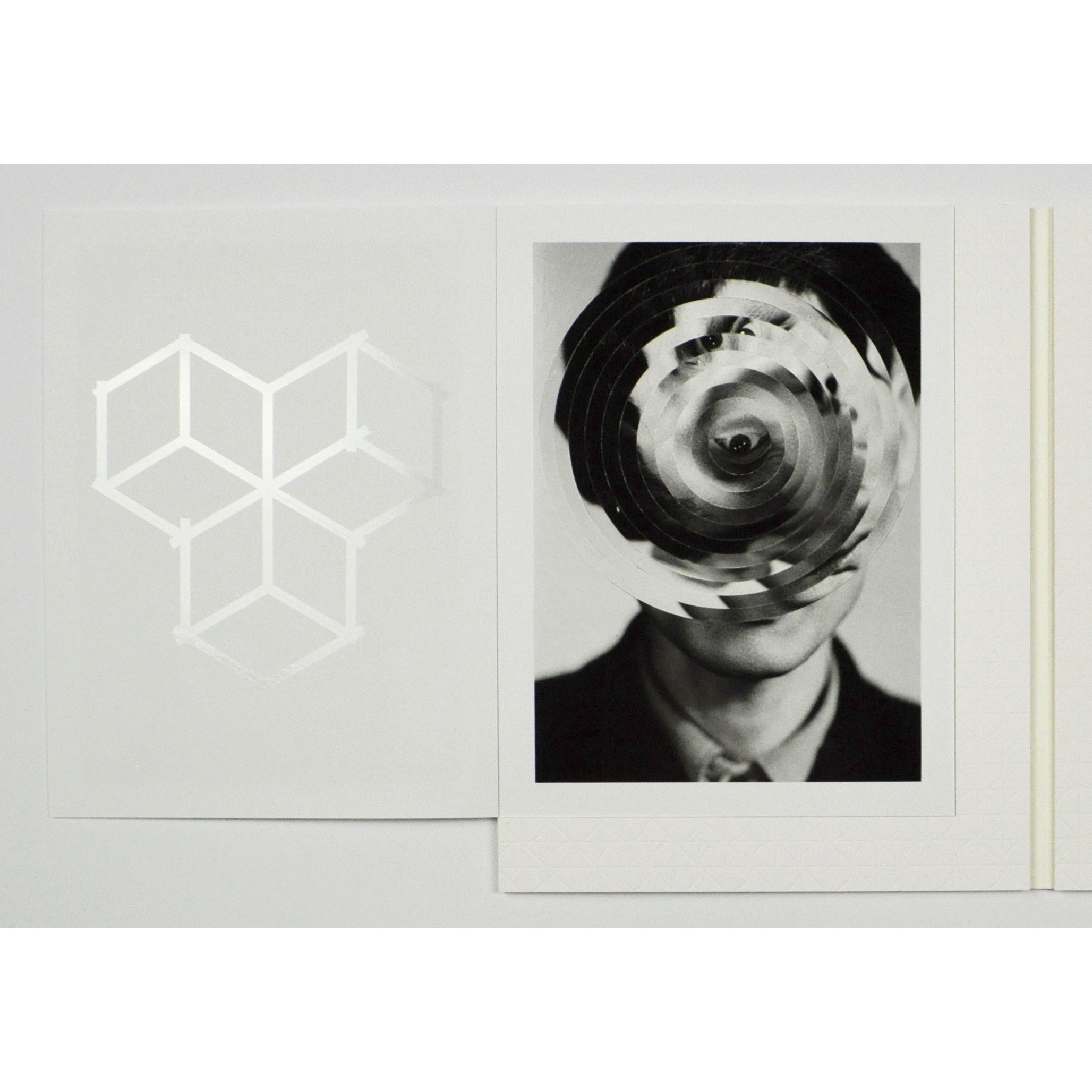
© Kensuke Koike
No More No Less is, above all, a story of encounters, of a skilful trio united by a love of photography. At its origin was a photography student at Shanghai University in the 1980s. This individual, who fell into obscurity, kept a book of black-and-white photographic studio portraits of anonymous subjects, accompanied by original negatives and annotated by their professor.
Next comes Thomas Sauvin, a specialist in contemporary Chinese photography who acquired this book in 2015, saving it from being destroyed in a recycling plant in the suburbs of Beijing. The final link in this creative chain is Kensuke Koike, a Japanese artist and collage master based in Venice.
Reinventing the portrait without additions or subtractions
Koike and Sauvin thus decided to launch the No More No Less project: new silver prints, created from the original negatives found in the album, went under Kensuke Koike‘s scalpel. The Japanese artist, with his blade and adhesive roller, cut, deconstructed, and reinvented the images, with one imperative: that nothing be added to or taken away from the photo taken by the Chinese student.
The result is a photographic series with new outlines and shaken-up geometry that gives a new identity to the anonymous individuals captured on film and leads the public to ponder the many possibilities hidden behind a simple portrait. This fascinating work based on cutting and reassembling has been documented by the Japanese artist, notably in video on his Instagram account.
No More No Less (2019) by Kensuke Koike and Thomas Sauvin, is published by The (M) Editions.
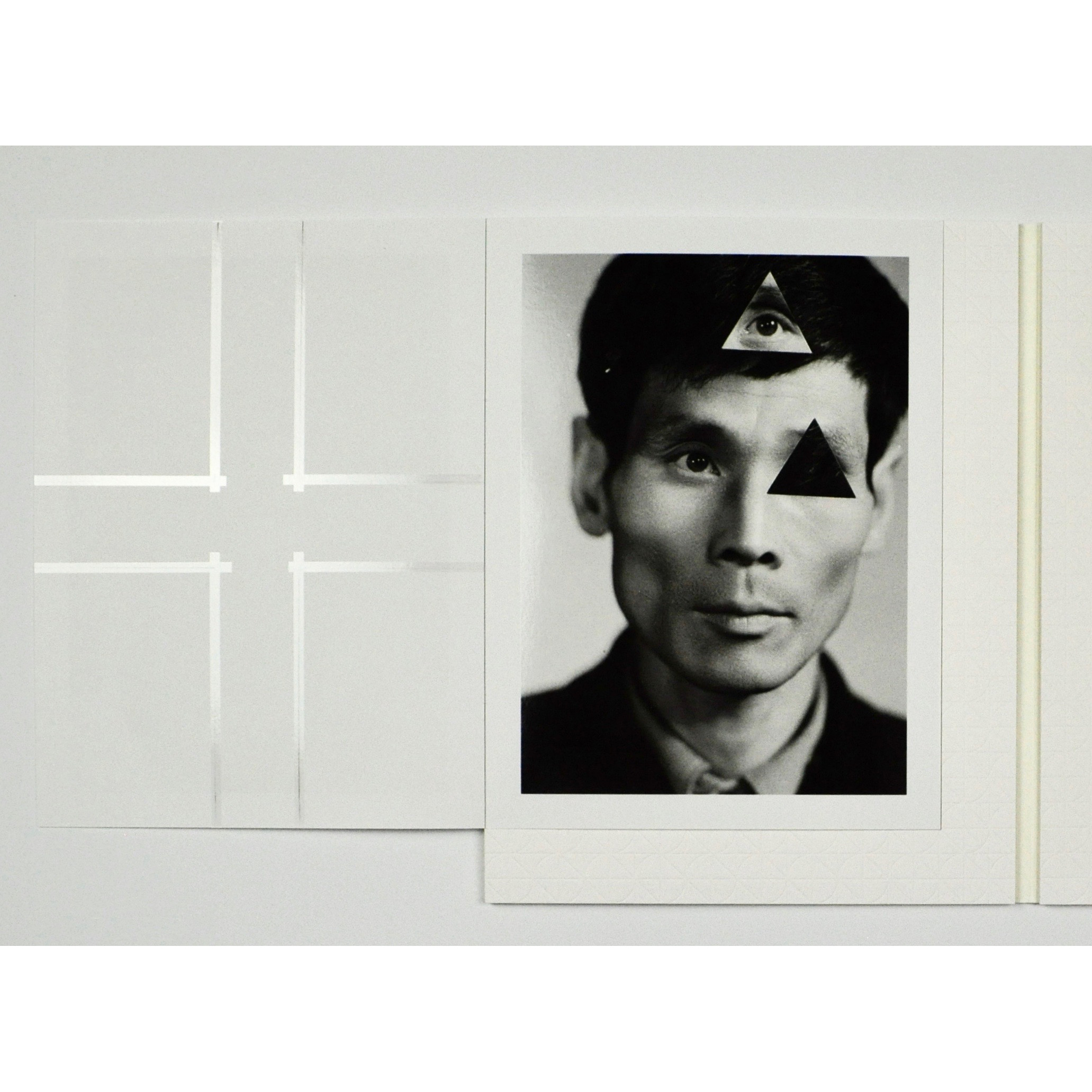
© Kensuke Koike
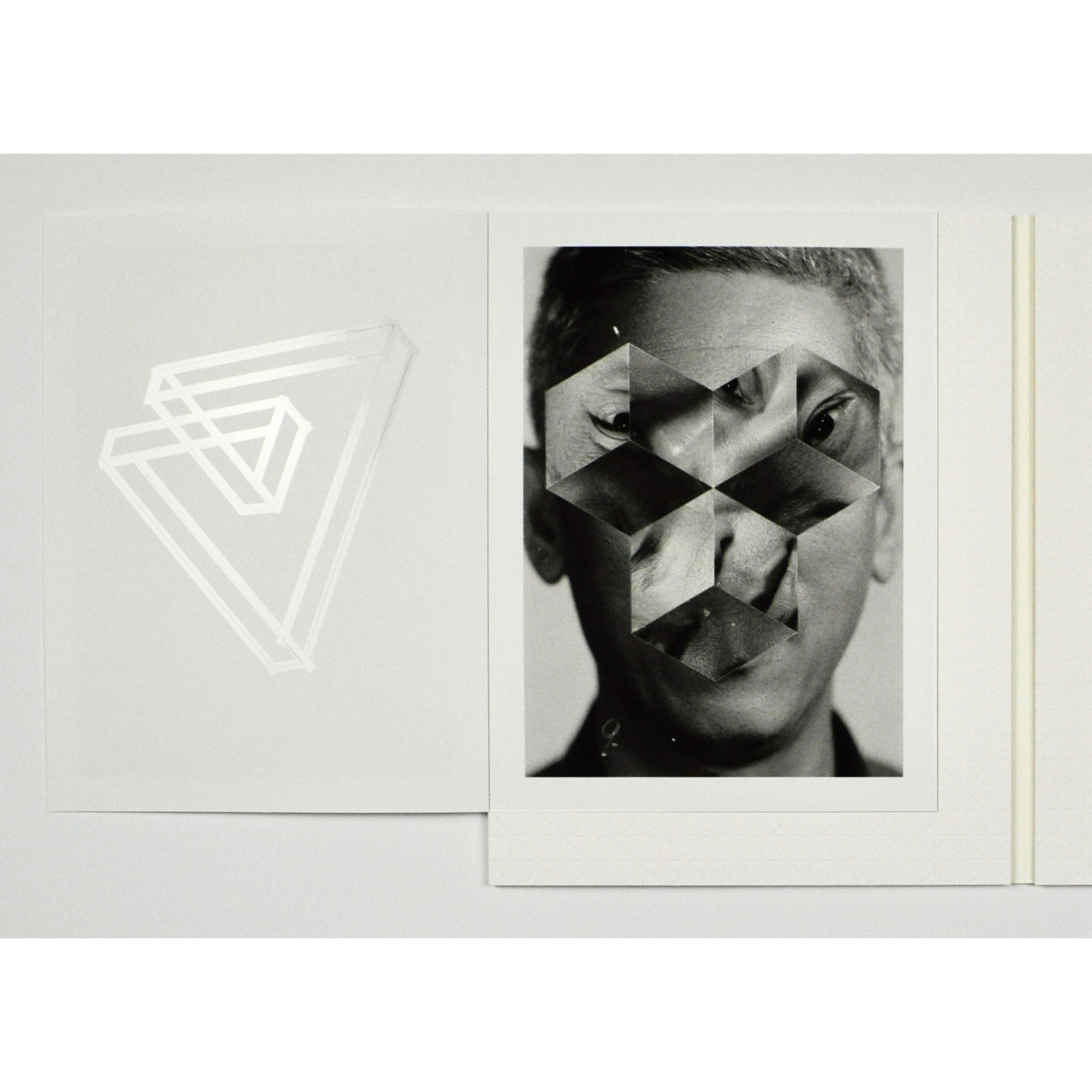
© Kensuke Koike

© Kensuke Koike
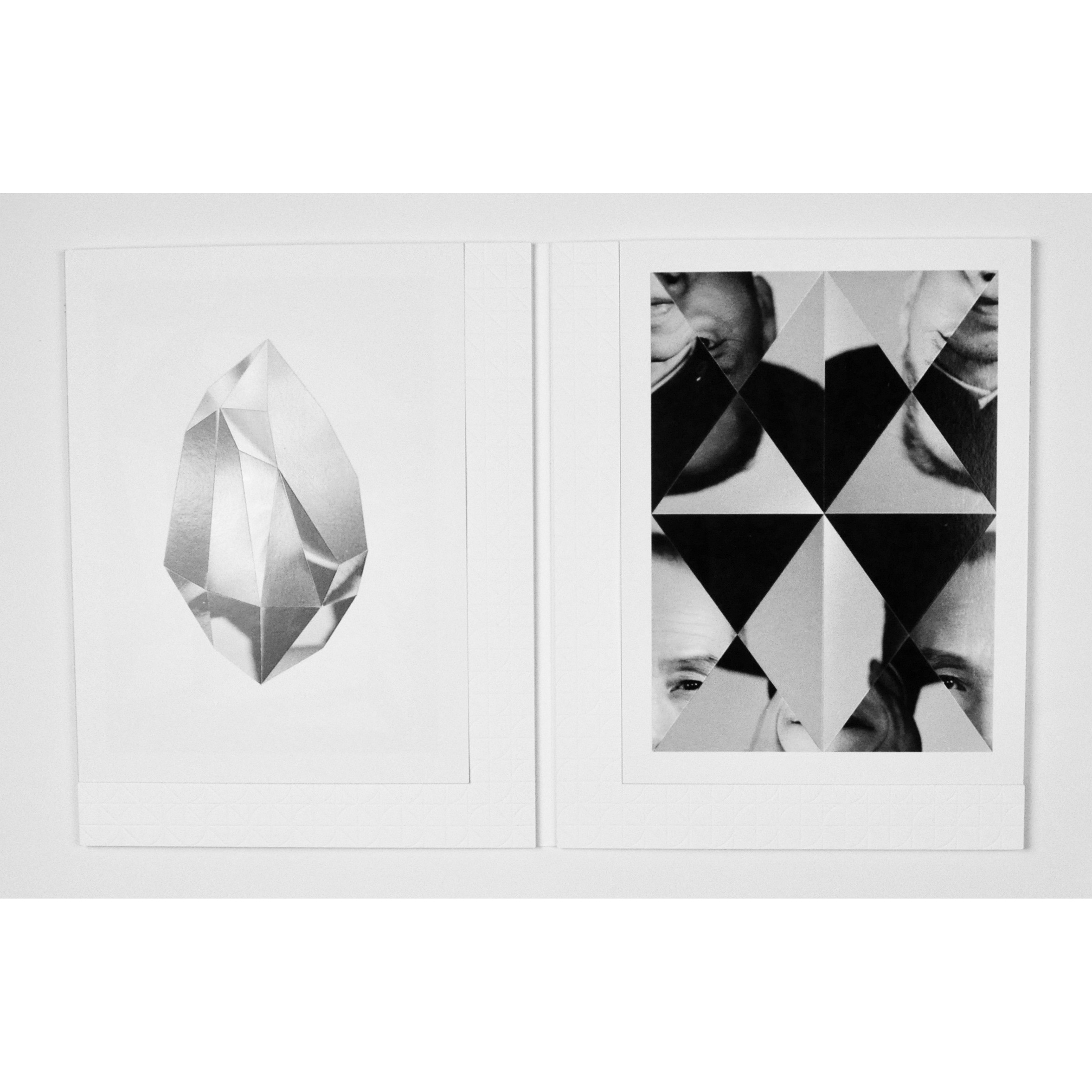
© Kensuke Koike
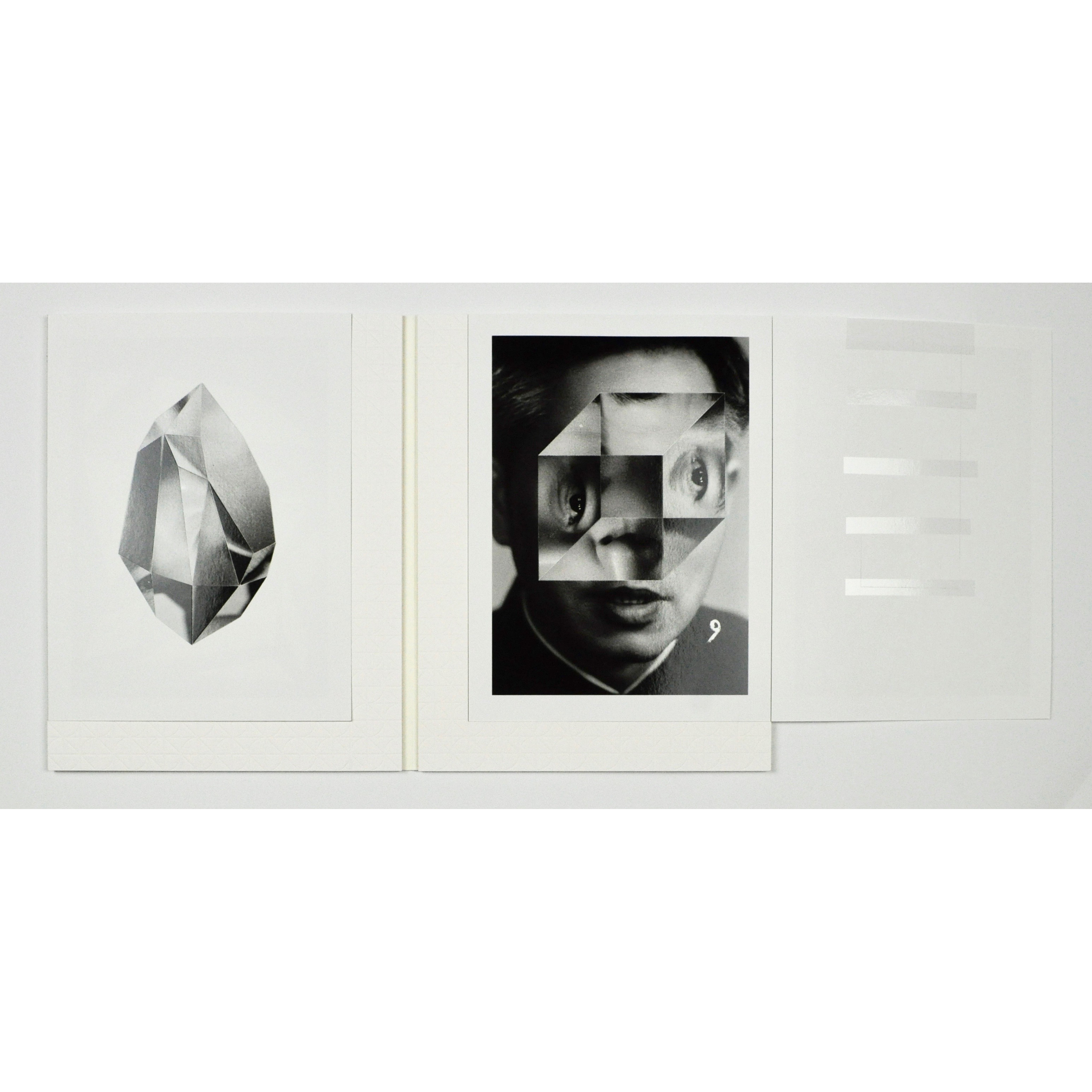
© Kensuke Koike
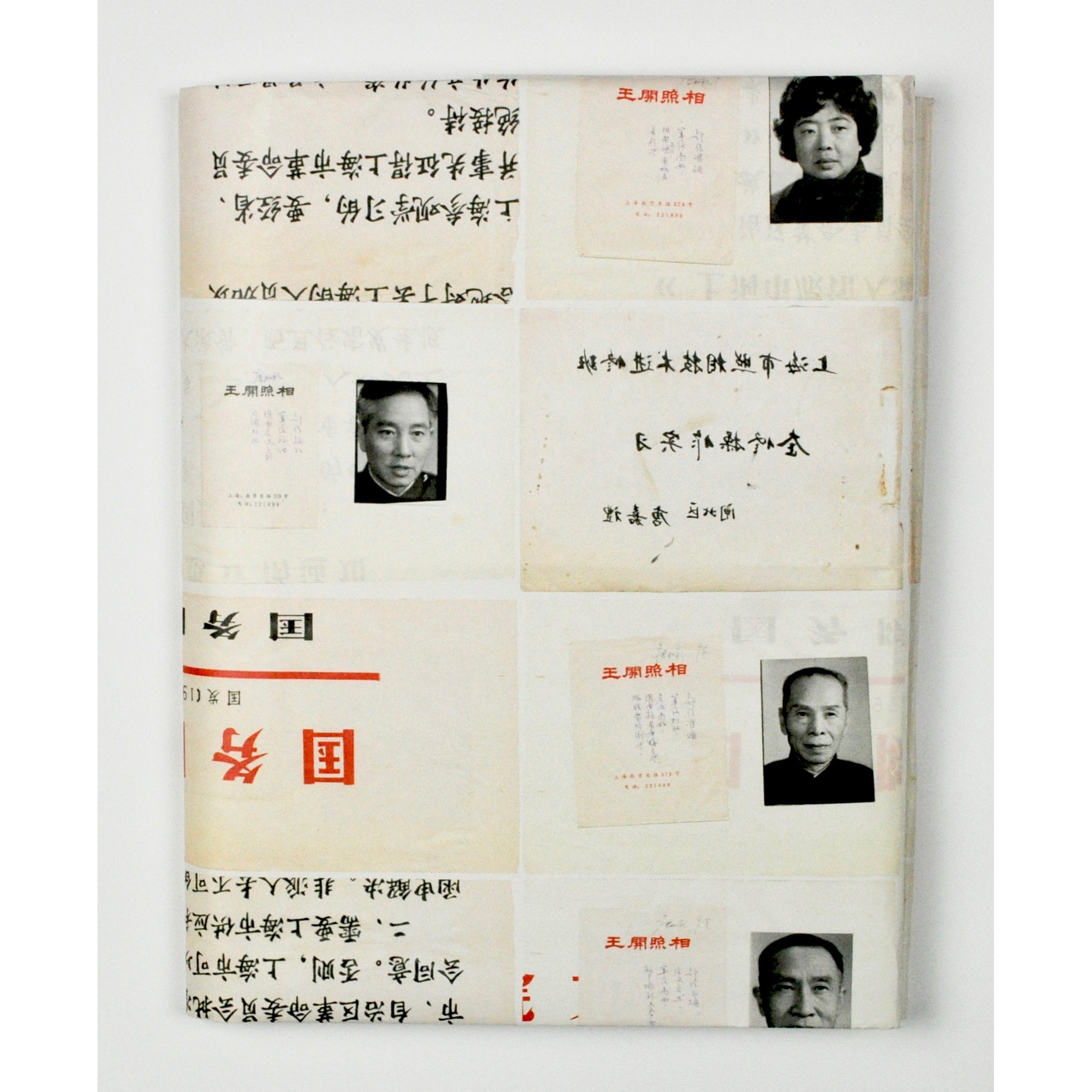
© Kensuke Koike
TRENDING
-
The Tattoos that Marked the Criminals of the Edo Period
Traditional tattoos were strong signifiers; murderers had head tattoos, while theft might result in an arm tattoo.

-
The Story of Sada Yacco, the Geisha who Bewitched Europe
Described by Dazed magazine as the first beauty influencer, she has been restored to her former glory since 2019.

-
Chiharu Shiota, Red Threads of the Soul
Last year, more than 660,000 people visited the retrospective 'Chiharu Shiota: The Soul Trembles' exhibit at the Mori Art Museum.

-
Japanese Left-field Pop From The CD Age, 1989-1996
‘Heisei No Oto’, a compilation of hidden gems in the unspoken depths of Japanese pop, reveal blissful moment of technological possibility.

-
‘Shojo Tsubaki’, A Freakshow
Underground manga artist Suehiro Maruo’s infamous masterpiece canonised a historical fascination towards the erotic-grotesque genre.





